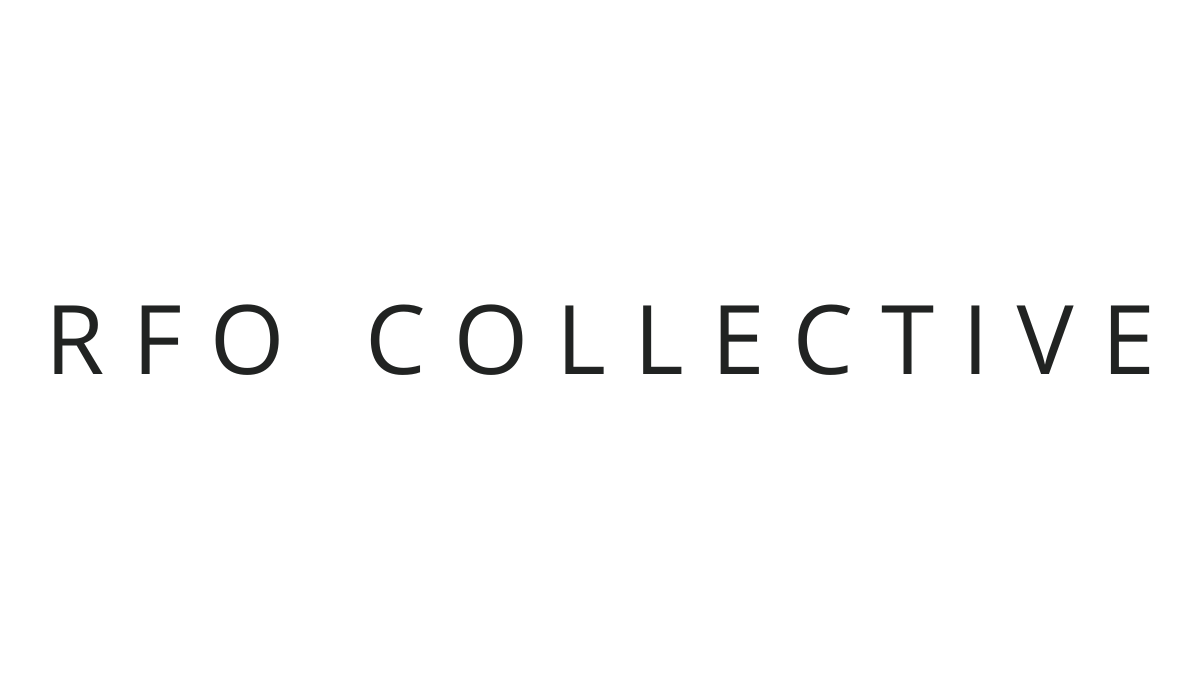Beyond Color Lines: A Story of Friendship in the Fight for Freedom
Beyond the Battlefield: A Legacy of Shared Purpose and Enduring Respect
The abolitionist movement in 19th-century America was a tapestry woven from diverse threads, each thread carrying its own story of injustice and hope. Among these threads, the friendship between Frederick Douglass, the escaped slave and eloquent orator, and William Lloyd Garrison, the radical white editor of "The Liberator," stands out as a vibrant anomaly. Their bond, forged in the crucible of shared purpose, transcended the racial and social divides of their time, offering a powerful illustration of how friendships can blossom in the most unexpected places.
Theirs was not a childhood bond, cemented by shared laughter and scraped knees. Douglass, born into slavery in Maryland, knew only the harsh realities of oppression. Garrison, on the other hand, grew up in New England, the son of a sea captain, steeped in the ideals of liberty and equality. Their paths first crossed in 1838, when Douglass, a fledgling abolitionist, spoke at an anti-slavery convention in Nantucket. His words, raw and powerful, shook the very foundations of Garrison's long-held beliefs.
"I listened to Frederick Douglass," Garrison later wrote, "as one might to the articulations of the angel of the Apocalypse." In that moment, an unlikely connection sparked. Douglass, recognizing Garrison's influence, saw an opportunity to amplify his own voice, while Garrison, witnessing Douglass's firsthand experience of slavery, found his own resolve hardened.
Their collaboration began with Garrison offering Douglass a platform in "The Liberator," publishing his searing narratives of life under bondage. Douglass, in turn, became a living embodiment of the cause, his eloquence stirring audiences across the North. They travelled together, speaking to packed halls and facing down mobs. Their friendship, however, was not without its challenges.
Garrison, a staunch abolitionist, advocated for immediate emancipation, even if it meant the dissolution of the Union.Douglass, while equally committed to the end of slavery, prioritised political pragmatism and believed in working within the system for gradual change. These differences led to heated debates and occasional estrangements.
One such instance occurred in 1843 when Garrison publicly burned the U.S. Constitution, calling it "a covenant with death, an agreement with hell." Douglass, believing in the Constitution's potential as a tool for reform, disagreed vehemently. Their friendship, however, remained a source of strength and support for both men. When Douglass fled to England in 1846, fearing recapture, it was Garrison who secured his freedom by raising funds from British abolitionists.
Years later, after the Civil War had brought an end to slavery, their paths diverged again. Douglass, embracing political activism, became a Republican and championed the rights of newly freed African Americans. Garrison, disillusioned with the Reconstruction era, retreated from public life. Yet, despite their differences, the respect and affection they held for each other never wavered.
In 1879, when Garrison lay on his deathbed, Douglass delivered a eulogy that spoke volumes about their extraordinary bond. "He was my friend," Douglass declared, "the friend of my race, the friend of humanity." Their friendship, forged in the fires of abolition, transcended the limitations of their backgrounds and their differing views. It was a testament to the power of shared purpose, unexpected connection, and the unwavering belief in a just world.
The story of Frederick Douglass and William Lloyd Garrison is not just a tale of two individuals; it is a window into the complex tapestry of human connection. It reminds us that friendships can blossom in the most surprising places, nurtured by shared values and a common desire for a better future. As we explore the origins of friendship, from childhood bonds to unexpected connections, the unlikely alliance between Douglass and Garrison stands as a beacon, illuminating the power of human connection in the face of adversity and reminding us that even the most disparate threads can weave a tapestry of hope and progress.

